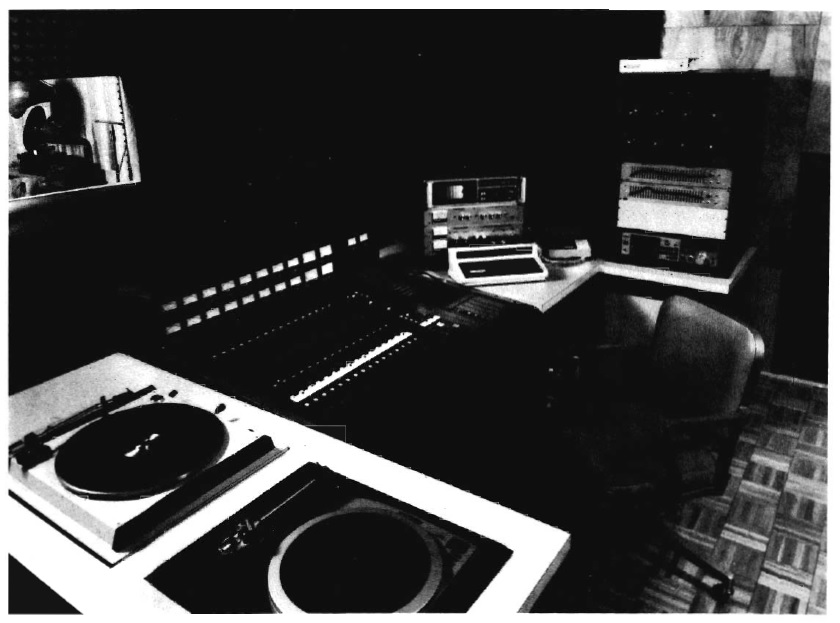Post written by Mason Vander Lugt – ARSC Blog Editor / Library of Congress
In August 1969 Patrick Saul, founder of the BIRS previously discussed, Don Leavitt, chief of the Library of Congress Music Division (and author of “The Librarian as Activist”), and several other members of the Record Libraries Commission of the International Association of Music Libraries agreed to separate from IAML and defy the withering Fédération Internationale des Phonothèques to establish the International Association of Sound Archives (now Sound and Audiovisual Archives), IASA [i].
In summer 1971, still fresh enough for Leavitt (at this point the organization’s president) to write “Some Tasks for the International Association of Sound Archives”, IASA began publishing the “Phonographic Bulletin”. For decades the bulletin provided a venue for archives around the world to introduce their institutions and collections, to discuss standards, policies and strategies, and to evaluate new technologies. In 1993 the publication shifted into the IASA Journal, now in its 47th issue.
In 2015 IASA announced that archives of the Phonographic Bulletin and Journal [ii] had been posted on their website for public access after scanning by George Boston and indexing by Magdelena Cséve and Helen Harrison. I’m sure some ARSC members are aware of this resource already, but as I try to convince you all to help me develop this blog, I want to ask you to consider this as a potential source of inspiration.
The IASA publications differ from our own Journal in several ways. Most obviously is the overtly international scope. ARSC welcomes international members, but 85-90% of our members are based in the United States [iii]. IASA membership is incredible in its diversity. One of my biggest surprises and joys in browsing this archive was learning about institutions I knew little or nothing about – from national libraries to focused oral history, radio or ethnomusicology collections, from China to Oman, Madagascar to Finland.
The next biggest difference, I think, is that IASA really caters to professional archivists, engineers and preservationists. At the cost of recording histories, this brings a high level of scientific rigor to many of the articles. Studies of tape decomposition, digital storage and digital signal processing benefit from the funding and expertise of the national agencies sponsoring them. The softer sciences of cataloging, selection, and training benefit from the practical skill of experienced professionals.
An incidental benefit of the international approach is the tendency for authors to talk in terms of goals and ideals rather than the limitations of particular laws not shared. Copyright becomes a balancing act between intellectual property and access rather than a frustrating exercise in history and semantics (ok, maybe both…) Considerations of technology balance costs and benefits based on performance.
I don’t write this here to compare, though, but to help raise awareness of a resource that I think our members will find interesting and useful. Understanding the archive represents the diversity of disciplines and interests of our own community it’s hard to make general recommendations, but here are a few articles I enjoyed:
In Construction and Rationale of Building the Belfer Audio Laboratory and Archive at Syracuse University (Bulletin no. 39, pp. 9-18), William D. Storm outlines the complex process of transforming Walter Welch’s historical archive and laboratory into the modern Belfer facility, where I began my professional career. Bill tells the story of his rare opportunity to design the facility to spec, balancing factors of preservation and access, and his high-tech ambitions with the funding limitations of the university setting.
In Mass Storage Based Solutions for Digital Media Archives (Journal no. 4 pp. 66-68) Joachim Stark of IBM writes about the prospect of digital storage at scale. He doesn’t go into much detail but presents the concepts of scalability, modularity, validation, redundancy… in 1994. I find sometimes even archivists fall back on a deterministic narrative of technology and it’s refreshing to be reminded that every system we take for granted was once a “what if”.
Bulletin no. 32 features a trio of articles collectively titled Bartók’s Legacy to Sound Archives describing the song collecting, ethnographic recording and advocacy work of Hungary’s golden child who too many of us know mostly as a composer.
In the coming weeks I hope to reprint a few articles from this very special archive, but I encourage you to check it out for yourself. Thanks to IASA for making these available.

Chez Hodge, from “Construction and Rationale…”. It still looks like this, though there’s a computer now.
